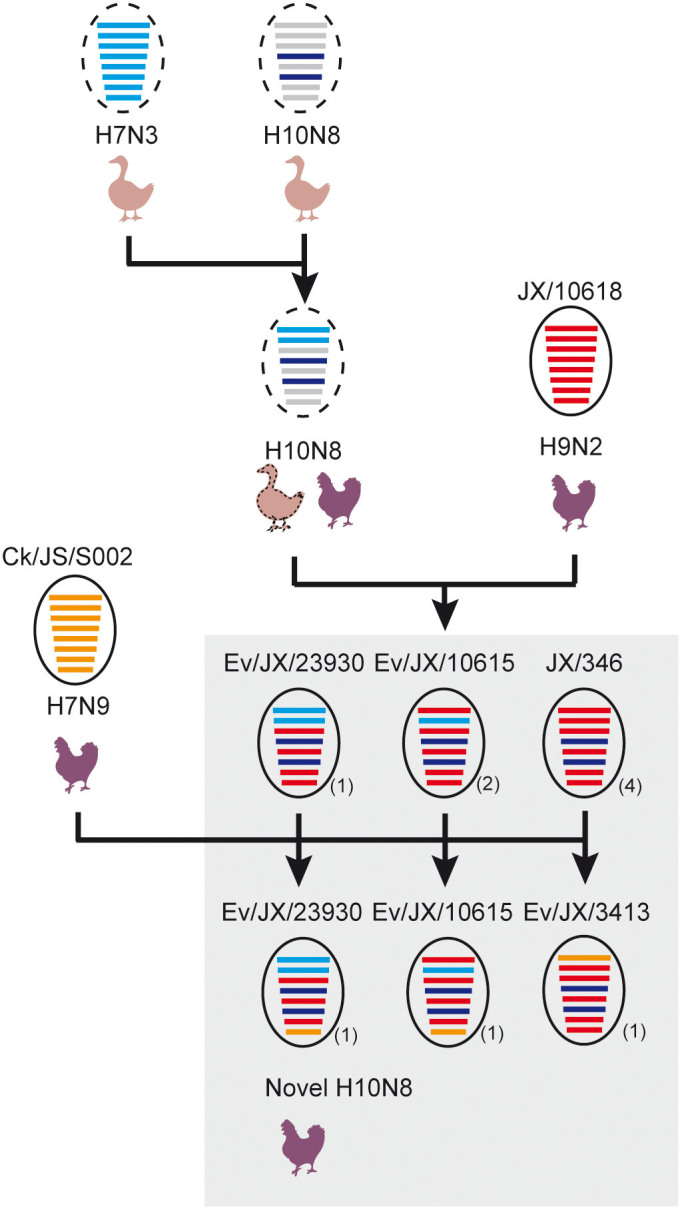Figure 4. Diversified genotypes of H10N8 viruses in Nanchang, China.

The proposed genotypes for the novel H10N8 viruses were based on phylogeny estimation of the internal genes. The cartoon was created by LY using Adobe Illustrator CS6. The eight gene segments (horizontal bars), from top to bottom, represent PB2, PB1, PA, HA, NP, NA, MP and NS. Genes in different clades were labeled with different colors. The red color represents genes from the Ev/10618/2014(H9N2)-like virus (Clade 1). The blue color represents genes from the H7N3 viruses circulating in ducks in South China (Clade 2) in recent years, and the orange color denotes genes from the CK/JS/S002/2013(H7N9)-like virus (Clade 3). The representative strain is indicated by one circle followed by the total number of isolates in parenthesis. The circle with a dotted line indicates the uncertain data for the virus. Six genotypes of H10N8 viruses with internal genes derived from the H9N2, H7N3 and H7N9 subtype viruses were detected. The possible hosts of the avian influenza viruses, including ducks and chickens, are indicated.
